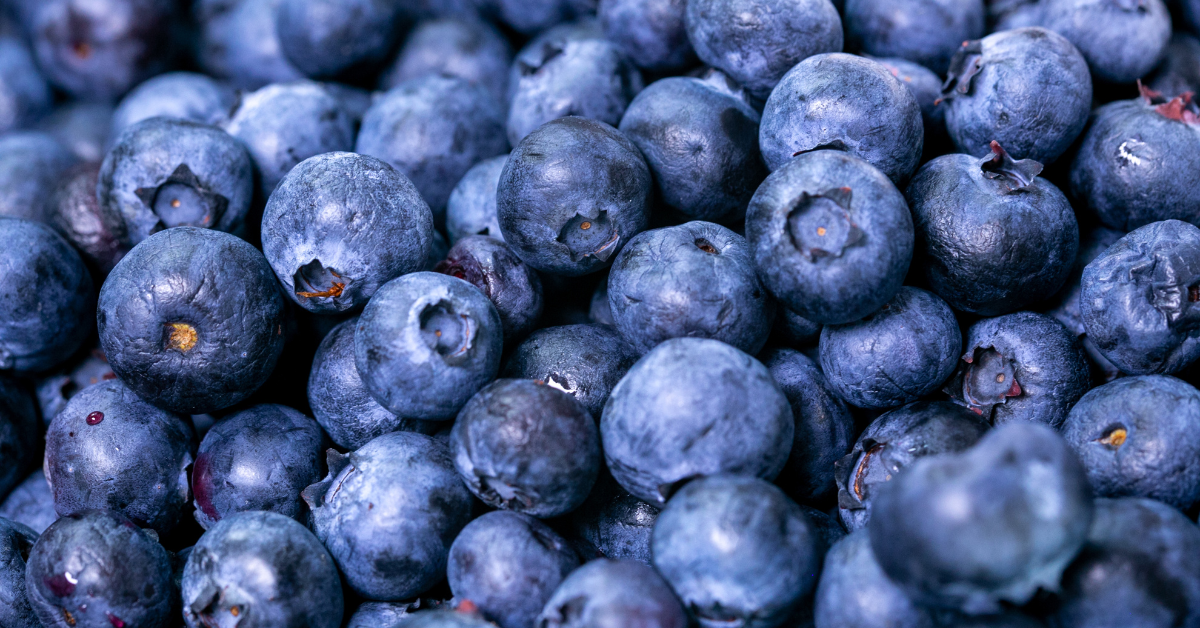You may have heard lots about the beenfits of plant-based eating, but here’s some help if you want information on plant-based eating for beginners. If you’re worried about plant-based eating and gas, check out my blog on that.
7 steps to eating a more plant-based diet
Dr Michael Greger has written a wonderful book called “How Not To Die”. Everyone should read this book, particularly if you are getting older yourself. In this book he explains how a plant-based diet can prevent health problems that cause us to die early. He also explains how these changes can even reverse some conditions such as Type 2 diabetes. If you don’t like reading, watch the video summary>>
Forks Over Knives say:
“One of the most powerful steps you can take to improve your health, boost energy levels, and prevent chronic diseases is to move to a plant-based diet… science shows changing your nutrition is a powerful way to live longer, help the environment, and reduce your risk of getting sick.”
You may have decided to overhaul your diet, but it can be daunting. Some people make massive changes. They go from eating all animal products one day to eating none the next. One minute they eat meat, the next day they are vegan. That’s a great way to do it for some people. If you want to do it this way, go to the Veganuary website and sign up for daily emails and support for a whole month.
You may be someone who wants to do this more slowly. You’re concerned whether you’ll be able to digest all those vegetables. Will you be rushing to the toilet or having lots of gas/wind?
Are all vegan foods healthy?
Before we look at specific strategies, I just want to remind you that just because a product is vegan, it doesn’t mean it’s a healthy plant-based option. As Richard Hoffman (Associate lecturer, Nutritional Biochemistry, University of Hertfordshire) writes:
Although many of these products claim to be made primarily from plants, they aren’t all that different to other ultra-processed food products. They often contain many similar ingredients – including protein isolates, emulsifiers, binders and other additives – and are made using industrial processing methods, so can be considered an ultra-processed food product.
Here are some pointers for a plant-based diet plan done more slowly:
1. Start by adding more vegetables and fruit to your meals.
Concentrate on this rather than on removing animal products. This way you don’t feel so “deprived”. You will also probably find new foods that you like. Add an extra serving of vegetables to that steak meal.
BBC Good Food recommends:
“If you’re aiming to pack more portions into your day, it’s worth starting as you mean to go on. Dried and fresh fruit can be added to porridge bowls or cereals, or you can include grilled tomatoes, mushrooms or beans in savoury breakfasts.”
The Heart Research Institute UK says:
“Vegetables are the cornerstone of a healthy diet. If you make them the primary component of your meals, you maximise your nutrient intake and decrease your energy intake. For managing your weight long term, this is one of the most important things you can do.”
2. When thinking about cooking a meal, think about the veggies first.
Decide what veggies you want to eat – maybe a salad or a stir fry of cooked vegetables. Then think about what meat or fish to add. The veggies then become the central part of the meal, and you are likely to want less meat.
3. Add herbs and spices
Herbs and spices come from plants, so count as part of your move to a more plant-based diet. Add chopped parsley to your meal. Add some turmeric to a stew. Turmeric is an anti-inflammatory, so is a great addition to most people’s diet. This strategy works whether you are making meals from scratch or buying ready meals to heat-up at home.

4. Gradually reduce the size of portions of meat and fish.
Each time you eat meat or fish aim to eat a little less. Remember you are now eating more veggies so you don’t need to eat so much meat and fish. You don’t need to eat dairy and eggs.
5. Educate yourself on why plant-based is healthy and good for your body
When you falter, reread the Greger book. You may be going plant-based for your health, so look at videos and articles of people sharing their health experiences.
6. Find other reasons to be plant-based
There are health reasons to be plant-based, but there are compelling other reasons too. Watch some of the films that show animal suffering or the effect that eating meat and dairy have on the planet. Watch some of these videos from the UK Vegan Society>>
7. Find new plant-based recipes
There are lots of mouth-watering recipes for eating plant-based. Here are some places you could look:
veganuary.com
Lots of recipes online. Sign up for daily emails to help you try going vegan for a month.
www.veganricha.com
Highly rated recipes and cookery books.
www.theveggiequeen.com
Jill Nussinow has been teaching people about the joys of eating whole food, plant-based meals for the past 30 years. If you have a pressure cooker or an Instant Pot get her book “Vegan Under Pressure”. It’s invaluable.
thehappypear.ie
Plant-based recipes that include some great burger recipes.
Deryn of the website Running on Real Food says:
“It’s important to approach this new chapter with an open mind and a positive mindset. Try to think in terms of what you’ll be gaining from eating a plant-based diet instead of what you’ll be missing out on. Maintaining your new diet shouldn’t be about willpower, struggle or deprivation. In fact, once you learn more about plant-based eating, you’ll see that don’t have to give anything up.”
I hope this will help you transition to a healthy, more compassionate and sustainable way of eating. I expect that like me you’ll find it better for your life in so many ways.
My Books
Small Shifts, Big Impact –
Backed by Science
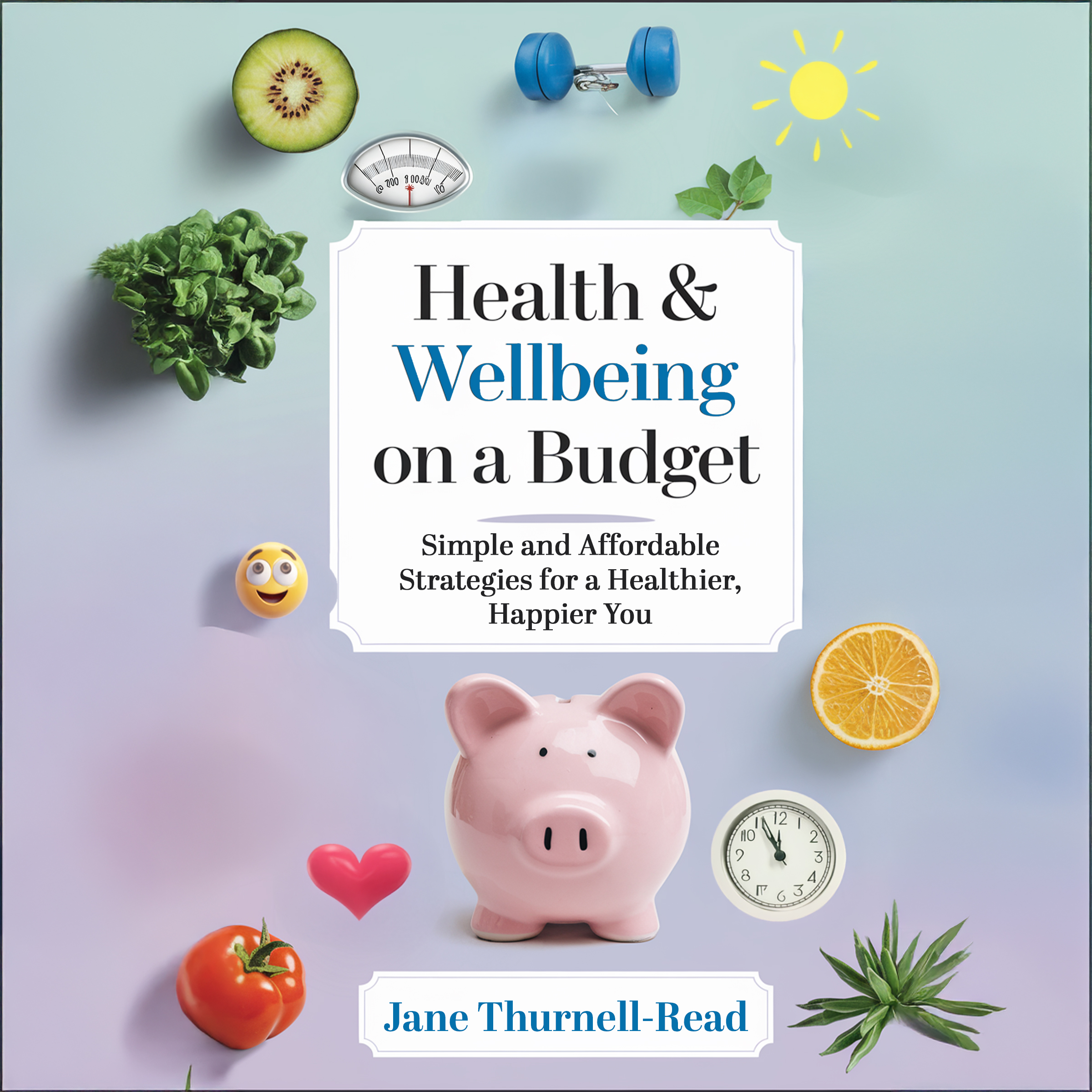
Simple and Affordable Strategies for a Healthier, Happier You
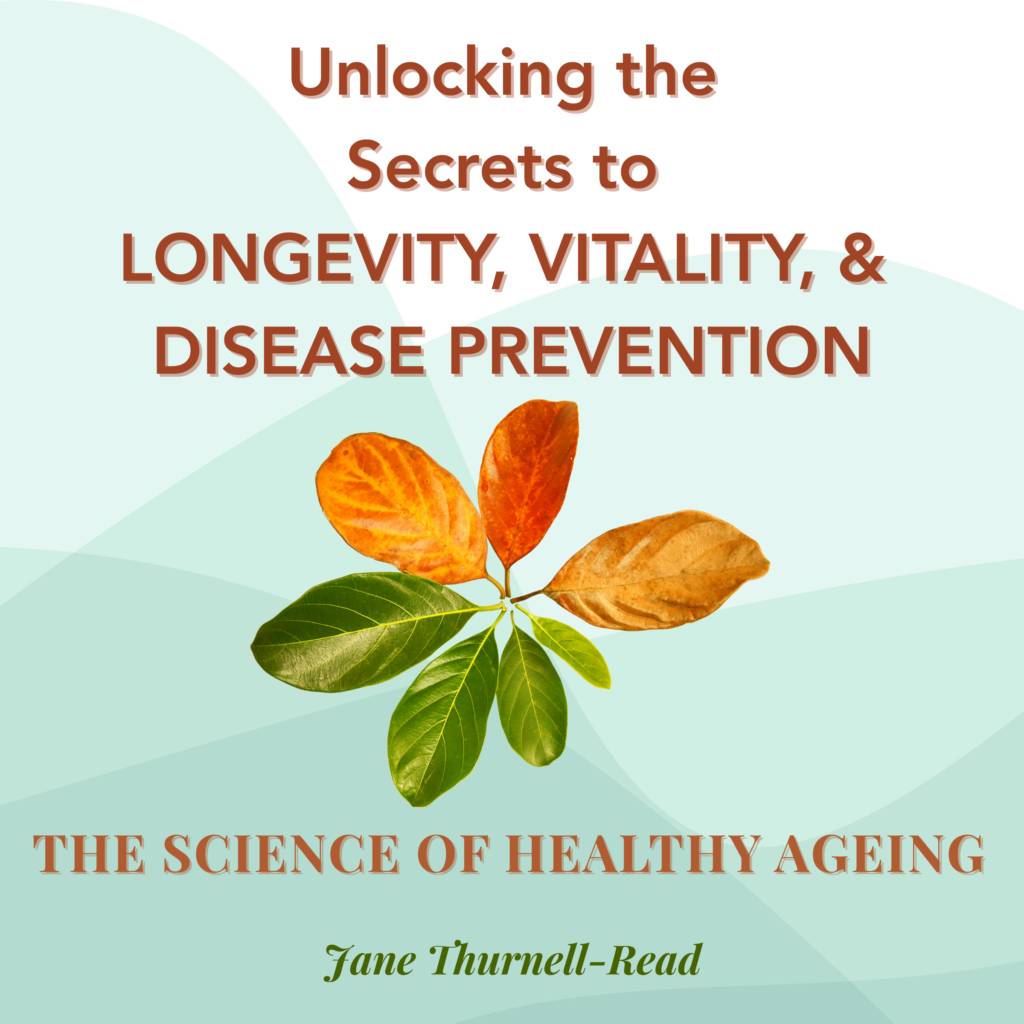
Unlocking the Secrets to Longevity & Vitality
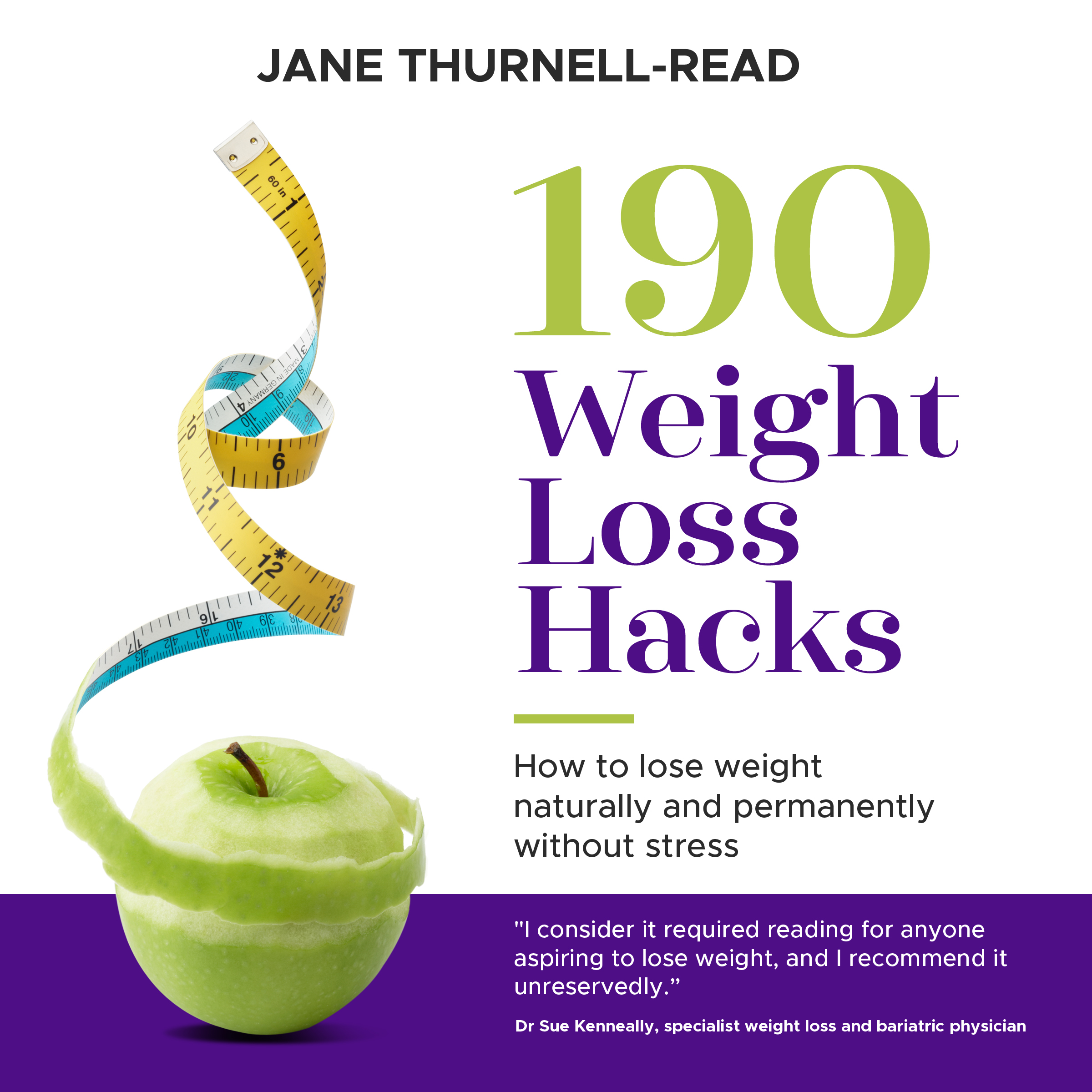
How To Lose Weight Naturally And Permanently Without Stress
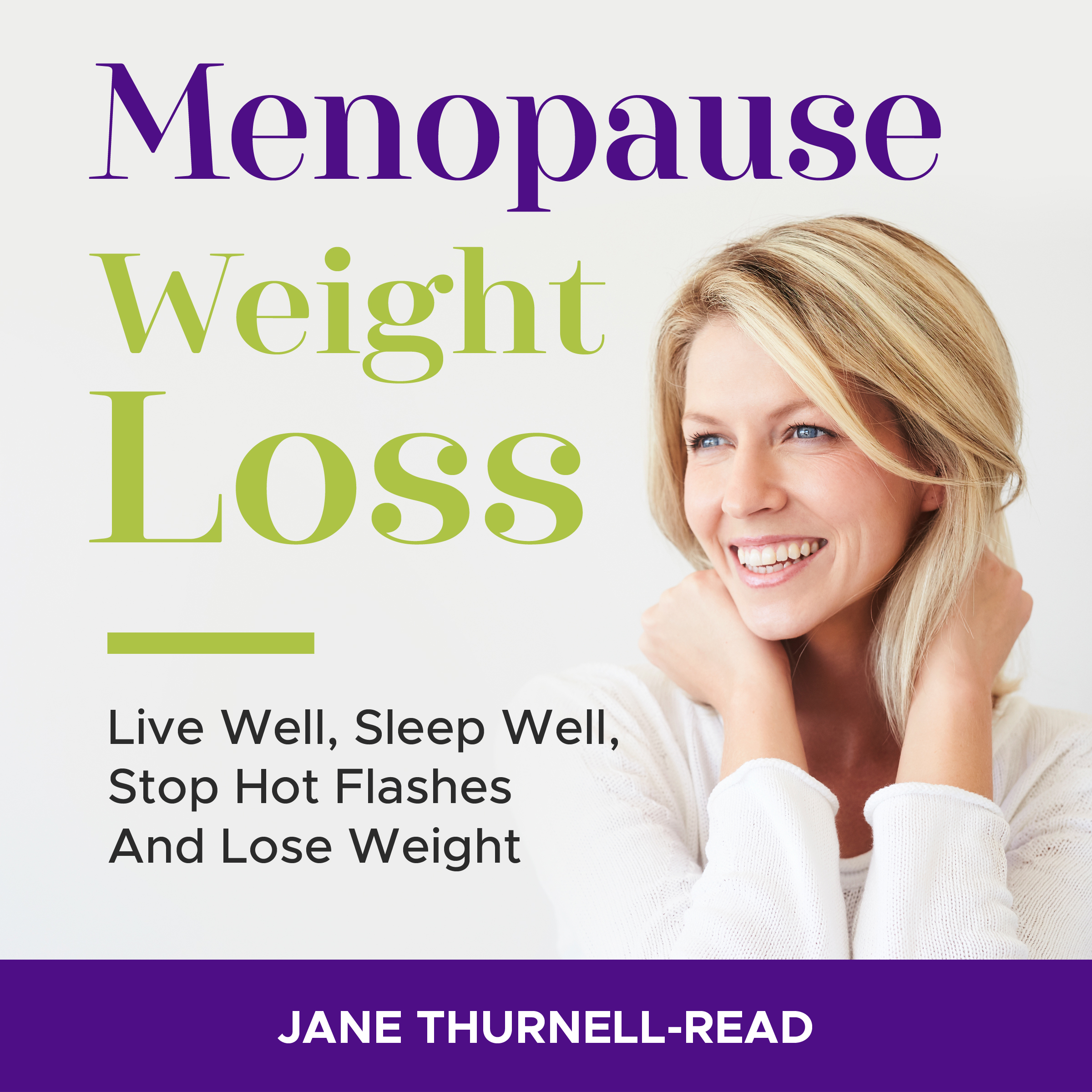
Live Well, Sleep Well, Stop Hot Flashes And Lose Weight
-
Will flavonoids make a difference to my health?
Discover the delicious secret to a longer life! New research reveals that tea, berries, dark chocolate, and apples could help reduce the risk of chronic diseases and boost longevity. Find out how flavonoids can transform your health—and why variety matters…
-
Unlock Deep, Restful Sleep Naturally with These 9 Essential Oils
Essential oils can help you sleep better, whether you want to calm your mind, be uplifted or soothed, there is an essential oil for you.
-
The truth about willpower and healthy eating
When you fail to eat healthily, you probably blame your lack of willpower. But is more willpowerwhat you really need?


